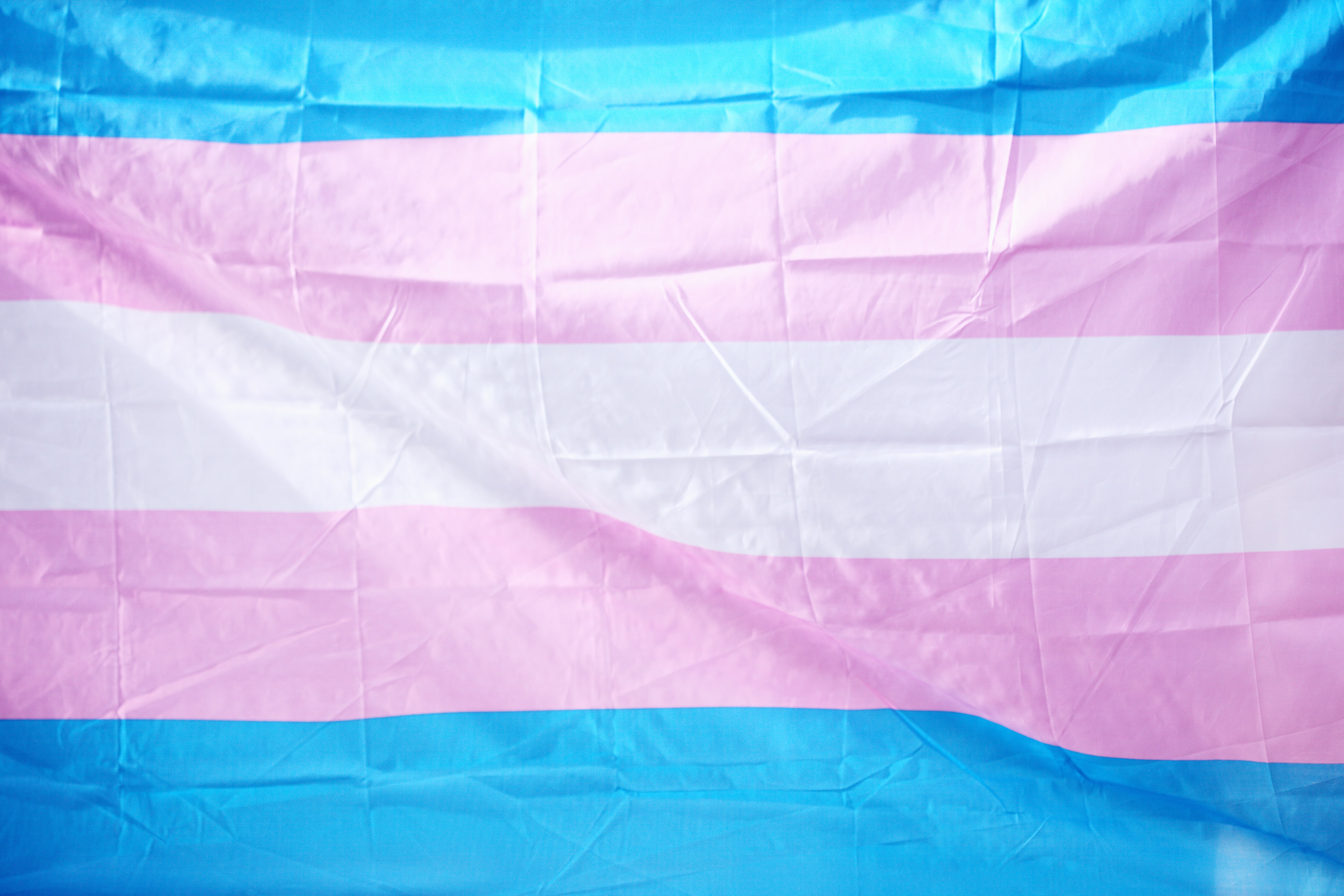How inclusive terms may be harmful to patient health
Medical Pharmaceutical Translations • Sep 6, 2021 12:00:00 AM

Language is always changing. In recent years, that’s included wider use and acceptance of inclusive terms for patients. The idea behind this is admirable: Words allow us to acknowledge our differences and show all patients that they’re accepted and safe. But in some ways, this inclusiveness may be harmful.
Recently, Dr Christian Pettker of Yale School of Medicine and Dr. Sarah J. Kilpatrick, who works with the obstetrics and gynecology departments of Helping Hand of Los Angeles and LA’s Cedars-Sinai Medical Center, sat down for a refreshingly open and honest discussion about the term “pregnant person”, which has become common in medical and patient literature.
The term acknowledges the fact that not all people who are pregnant identify as women, including trans men. These patients represent a small percentage of pregnancies; Kilpatrick estimates, for example, that less than 0.5% of the US population are pregnant trans men. But while they may not make up the majority of pregnancies, these patients are just as much in need of prenatal care as cisgender women.
Using “pregnant person” instead of “pregnant woman” is meant to clearly convey the message that all pregnant patients will be accepted and respected at a healthcare facility. This message is particularly important to trans and gender nonconforming individuals, who often face violence and may feel misunderstood by doctors.
The idea is a noble one. But Dr. Kilpatrick argues that there’s a catch to catch-all phrases. Using blanket terms like “pregnant person” may actually make things difficult for patients in a number of ways, including:
- inadequately preparing staff. By using a term that’s vague and doesn’t openly acknowledge trans men, hospital or clinic staff may be surprised or confused when a trans man arrives at an appointment for pregnancy issues.
- erasing the need for specific research. Women and trans men have many different needs and challenges when it comes to healthcare. Grouping all patients under the same terminology may discourage research into particular issues. For instance, which hormonal birth control options are safest and best for trans men who are taking testosterone, as opposed to the best options for cisgender women?
- using inclusiveness as a solution for other issues. Kilpatrick argues that while vocabulary to describe gender identity and promote inclusiveness has improved, research and care specifically targeted at transgender people haven’t notably improved. Women’s health research still has a long way to go, as well.
- minimizing violence against women. Transgender people need to know that a pregnancy clinic will be a safe space, since they often face discrimination and violence. But Kilpatrick believes it’s important to remember that women also face violence every day.
- fostering unclear medical research results. A number of prestigious medical journals have adopted more gender neutral terminology in recent years. But for Kilpatrick, this could cause errors in research reporting. If a study was conducted on “pregnant people,” how many of those were women? How many were trans men, or non-binary individuals? As important as inclusion is, each group will experience certain aspects of pregnancy differently, and that could affect research results. Kilpatrick compares this to studies where race and ethnicity are indicated for similar reasons. As in those cases, identifying specific differences can help with finding the best ways to care for specific patient groups.
The issue is a complicated one. Three possible solutions were also discussed:
1. Replacing the term “pregnant person” with “pregnant patient”. This term has been used in prior decades at times and seems to be easier for the general public to understand, while still showing acceptance. That said, this still doesn’t solve many of the issues raised in the rest of the discussion.
2. Using visual imagery. Kilpatrick suggests including a symbol like the trans pride flag beside a clinic’s signage and logo. This is a technique that’s often employed by inclusive churches in the United States to show specific groups that they’re safe and wanted. This can be reinforced by including images of trans men patients in the clinic among photos of cisgender pregnant women.
3. Educating staff. Kilpatrick also says that staff members should be educated about different types of pregnant patients. Imagery that includes pregnant trans men is one way to remind staff that pregnant patients can have many different appearances but all are accepted and valid.
Of course, none of these suggestions would completely solve the issues around inclusive language that were brought up. Ultimately, despite their differences of opinion, both doctors came to this conclusion: “[C]are has to be so individualized, and generalities aren’t going to take good care of the patients.”
It seems that acknowledging (and welcoming) the existence of different kinds of patients is the best way to give everyone the care they need.
The trans pride flag, a symbol that may be an easy way to show inclusiveness at a healthcare center.
Contact Our Writer – Alysa Salzberg
